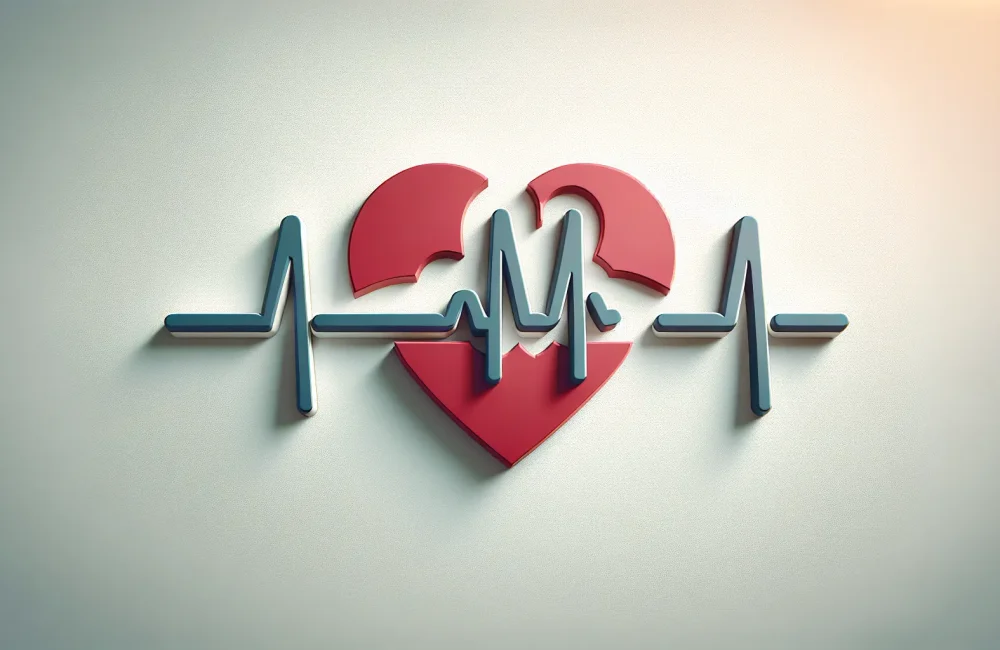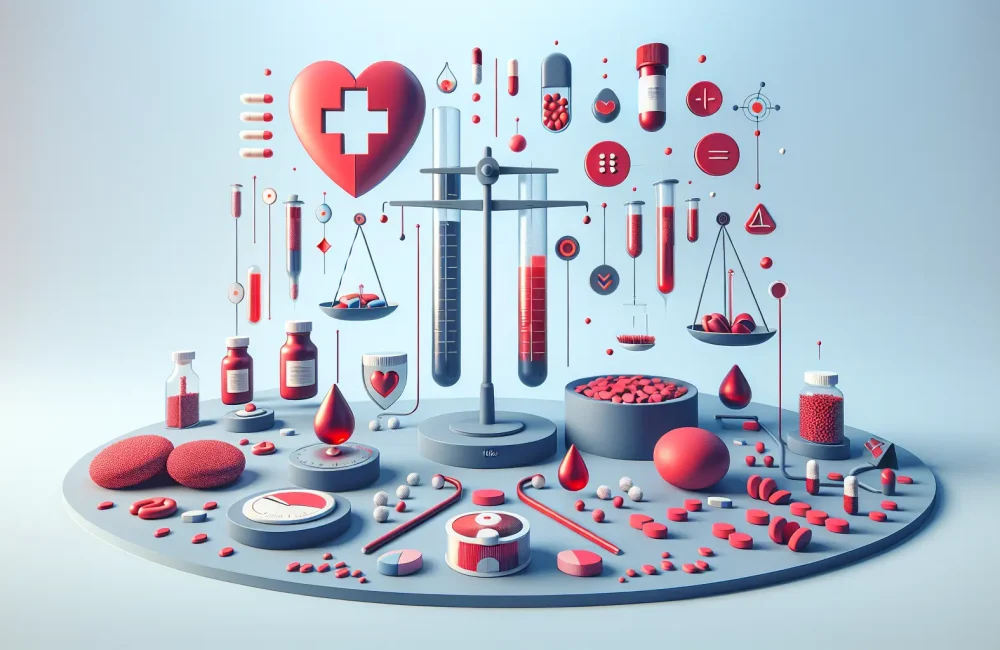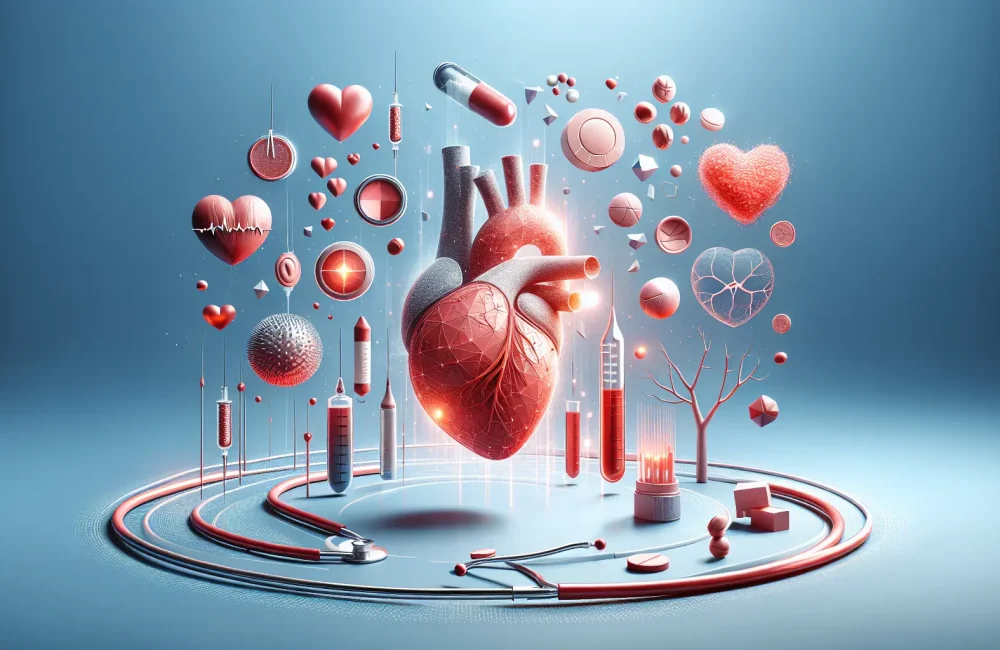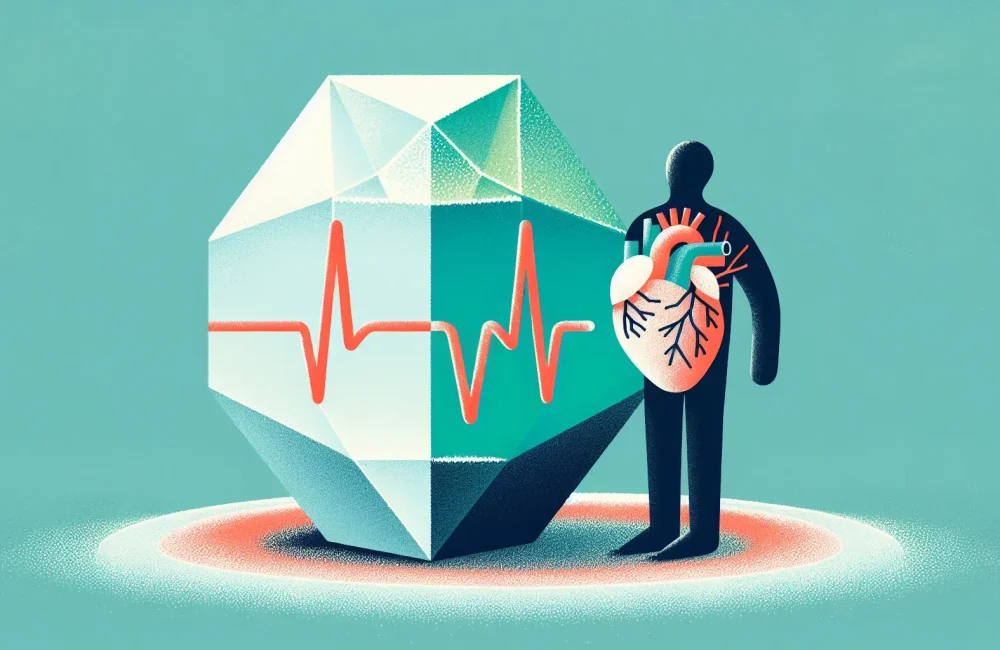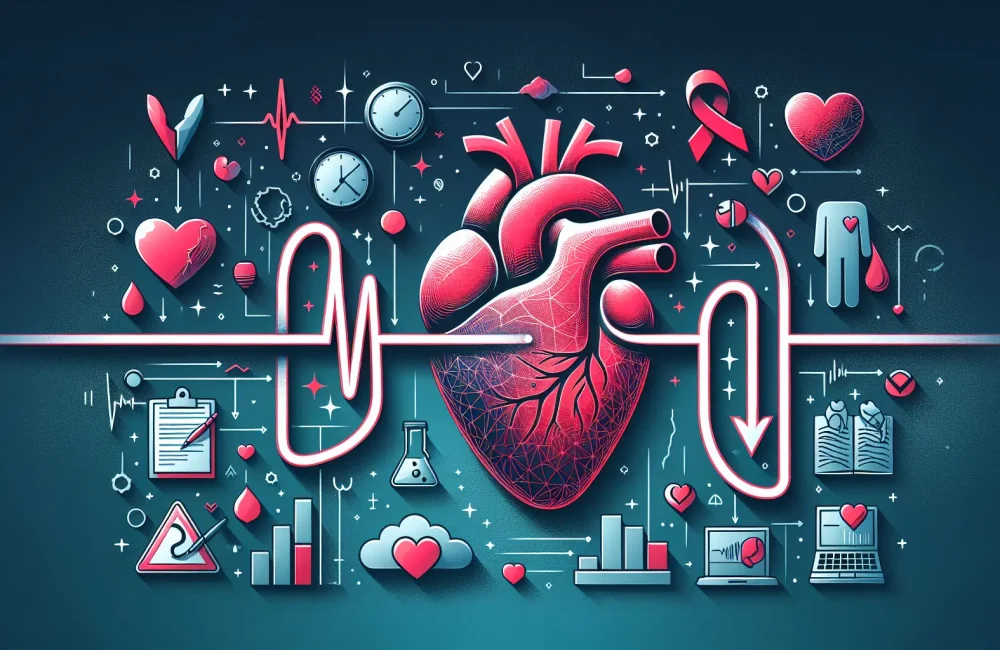By CAFMI AI From JAMA
Incidence and Causes of Cardiac Arrest in Young Adults
Cardiac arrest in apparently healthy young adults is a distressing and unexpected medical event that poses unique clinical challenges. Although these individuals often lack prior symptoms or diagnosed heart conditions, they remain at risk for sudden cardiac arrest (SCA), highlighting the critical need for vigilance in this demographic. The article discusses that the incidence, while relatively low compared to older populations, is significant enough to warrant attention due to the young age and potential years of life lost. Key underlying causes identified include undiagnosed cardiomyopathies such as hypertrophic or arrhythmogenic right ventricular cardiomyopathy, primary arrhythmia syndromes including Long QT syndrome and Brugada syndrome, and other structural or electrical heart abnormalities that often go unnoticed until a catastrophic event occurs. These conditions frequently remain silent until the first manifestation is sudden cardiac arrest, complicating early diagnosis and prevention efforts. Diagnostic challenges include distinguishing benign abnormalities from those indicating a high risk of life-threatening arrhythmias, often necessitating advanced imaging and electrophysiologic evaluations. This cluster of etiologies underscores the importance of tailored screening approaches for at-risk young adults, especially those with family histories of sudden cardiac death or concerning symptoms like syncope or palpitations during exertion. Understanding these causes allows clinicians to better anticipate potential cardiac events and implement preventative strategies in outpatient and emergency settings.
Clinical Presentation, Diagnosis, and Emergency Management
The clinical presentation of cardiac arrest in young adults typically involves sudden collapse, often during or shortly after physical exertion, reflecting the underlying arrhythmias or structural abnormalities triggering lethal events. The absence of preceding symptoms or warning signs in many cases complicates timely recognition and intervention. In emergency settings, initial management hinges on immediate cardiopulmonary resuscitation (CPR) and rapid defibrillation to restore circulation, highlighting the critical role of automated external defibrillators (AEDs). The article emphasizes the lifesaving potential of bystander intervention and public access to AEDs, which significantly improve survival outcomes by minimizing the time to defibrillation. Clinicians should maintain a high index of suspicion in young adults who experience unexplained syncope or seizures as these may be prodromal manifestations of underlying cardiac pathology. Diagnosis often involves multimodal testing including ECG, echocardiography, cardiac MRI, and sometimes genetic testing to identify occult cardiomyopathies and primary arrhythmia syndromes. Follow-up care includes risk stratification and decisions about implantable cardioverter defibrillators (ICDs) or other therapies to prevent recurrence. Awareness of red flags such as a family history of sudden death, exertional symptoms, or abnormal ECG findings can guide clinicians toward more aggressive investigation and management to reduce mortality in this vulnerable group.
Prevention, Counseling, and Clinical Practice Implications
Prevention strategies for sudden cardiac arrest in apparently healthy young adults remain a critical focus, particularly given the unpredictability of these events and the devastating impact on patients, families, and communities. The article recommends targeted screening programs, especially for athletes and individuals with a family history of cardiac arrest or inherited arrhythmias. These screenings may include detailed history taking, physical examination, ECG, and in some cases, advanced cardiac imaging or genetic testing when suspicion is high. The role of public health initiatives is emphasized in raising awareness of cardiac arrest risk factors and promoting AED availability in schools, gyms, and community centers. Counseling patients and families about symptom recognition, lifestyle modifications to reduce risk, and emergency response preparedness is vital. Clinicians should integrate these preventive measures into primary care workflows, developing protocols for evaluation and referral of at-risk young adults. The article also stresses ongoing research efforts to refine risk prediction models and improve early detection tools, supporting evidence-based guidelines tailored to this population. Ultimately, heightened clinician awareness, combined with community engagement and robust emergency response systems, forms the backbone of effective management and prevention of sudden cardiac arrest in young adults who appear healthy.
Read The Original Publication Here
